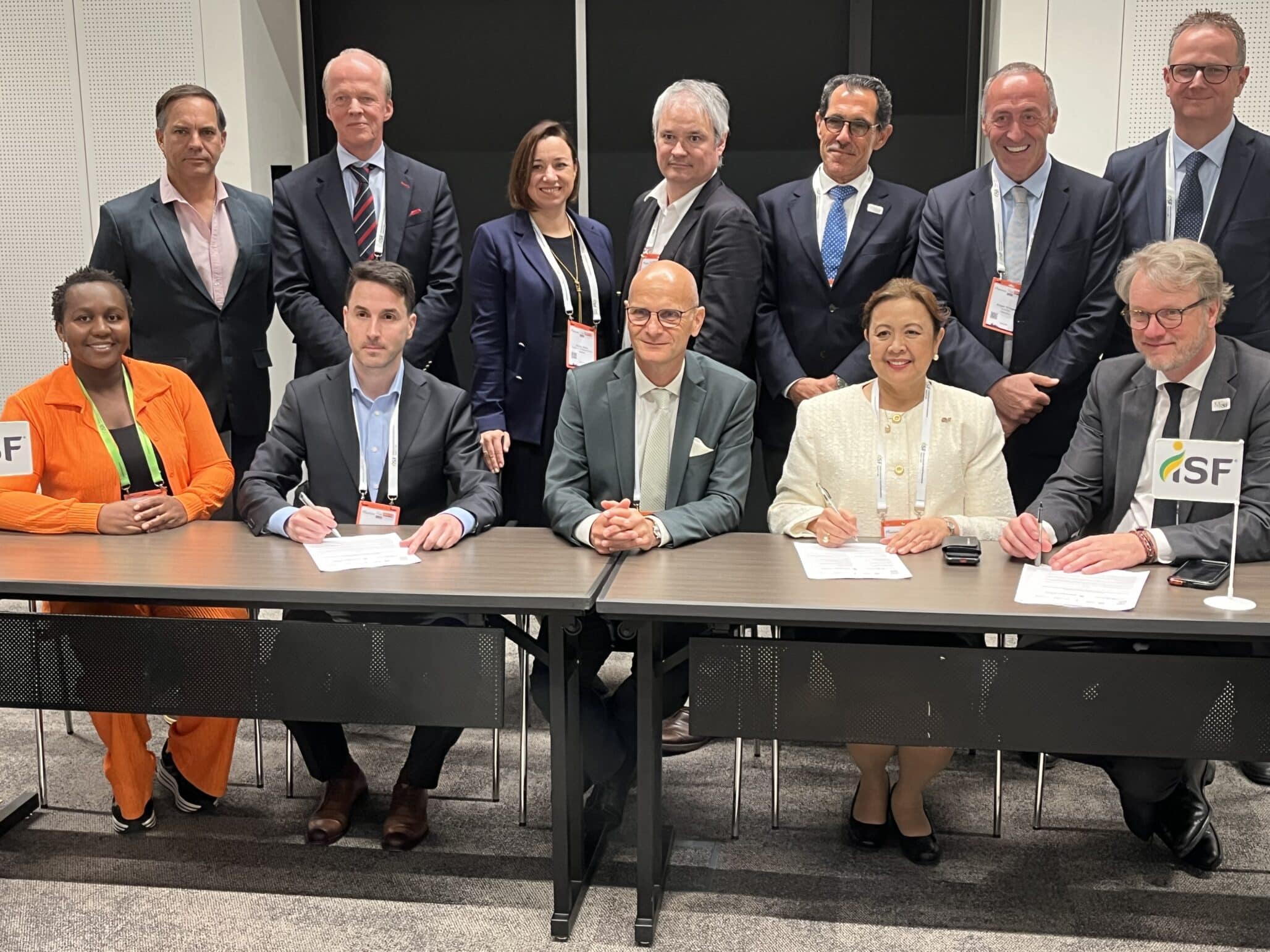New agreement will strengthen ties, enhance agricultural research, and encourage new technology development.
The Canadian Light Source (CLS) at the University of Saskatchewan and the Brazilian Center for Research in Energy and Materials (CNPEM) have signed a Memorandum of Understanding (MOU) for technical and scientific collaboration in synchrotron and accelerator science.
“We look forward to this new collaboration with our colleagues in Brazil,” said Bill Matiko, Chief Operating Officer of the CLS. “Their world-leading expertise in the development of next-generation light sources will contribute enormously to our long-term planning. Together we will advance agricultural innovation in both our countries by expanding the applications of synchrotron technology in agricultural research, from soil and plants to foods and animals.”
The Brazilian Synchrotron Light Laboratory is part of the CNPEM, a private non-profit organization under the supervision of the Brazilian Ministry of Science, Technology, and Innovations. The center operates four national laboratories and is the home of the most complex project in Brazilian science — Sirius — one of the most advanced synchrotron light sources in the world.
The MOU will focus on two specific areas of collaboration. First, a new program — the Maple Project — will create a rapid-access mail-in agriculture program for Sirius users to access CLS’s VLS-PGM beamline. Additionally, scientists from both institutions will work together to grow the applications of synchrotron science in the field of agriculture through workshops, presentations on proposal development, and collaborative research projects.
Second, this agreement will enhance accelerator and machine development. The organizations will share best practices in maintenance, design and testing state-of-the-art technologies and equipment as well as designing and building next-generation facilities.
“Studies in agriculture are essential to respond to the challenges that the future holds, and the use of synchrotron light as a research tool offers great potential in the search for scientific answers in this area,” highlights José Roque, director-general of CNPEM. “The partnership between CNPEM and CLS will be able to foster research in agriculture, as both institutions have extensive experience in cutting-edge research with synchrotron light and may benefit from joint research and information exchange.”
The MOU will be in effect for five years.
For more on this topic visit:
Fields of the Future: Looking Inside Seed
First-of-its-Kind Project to Image Live Plants for More Nutrient-Efficient Breeding













